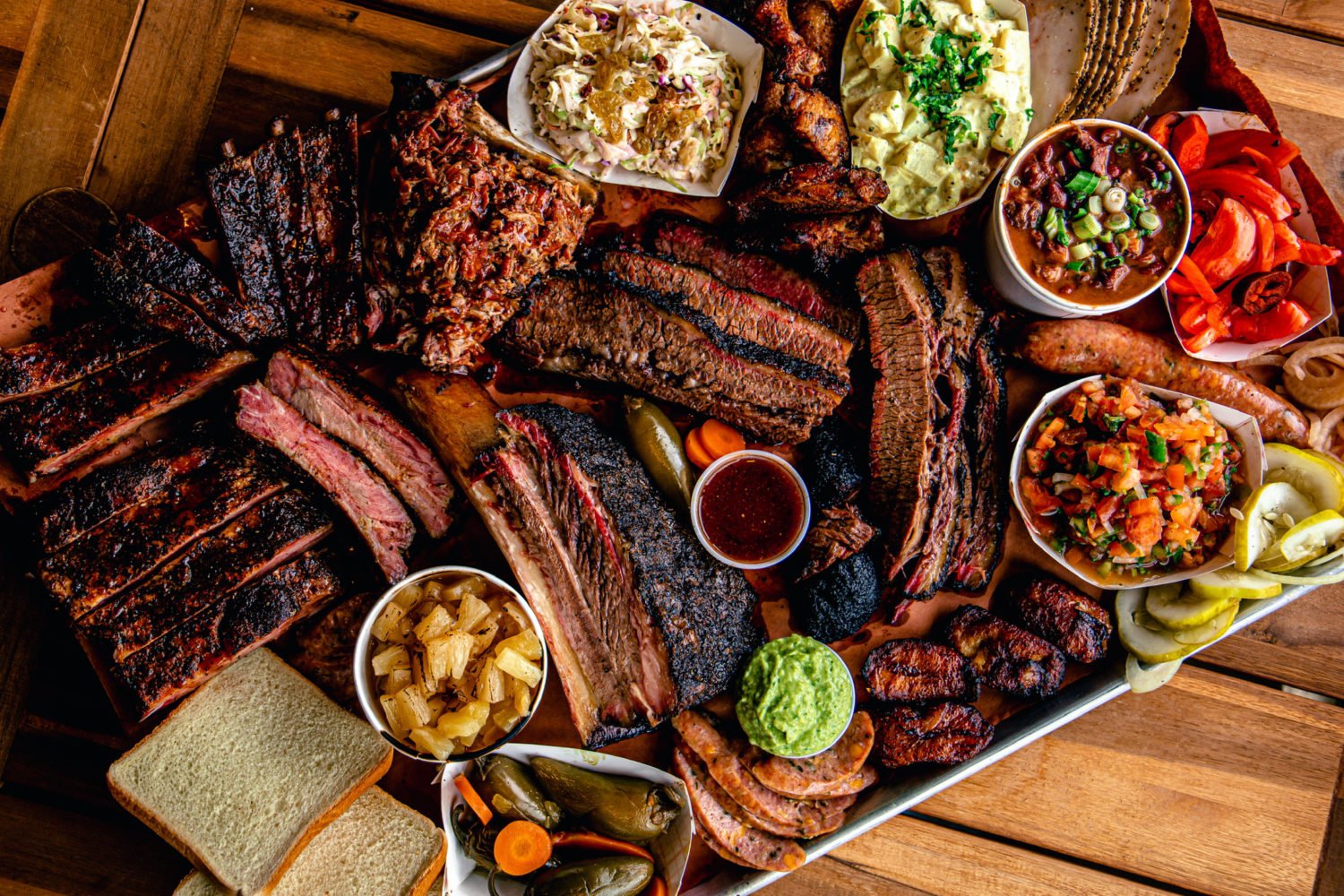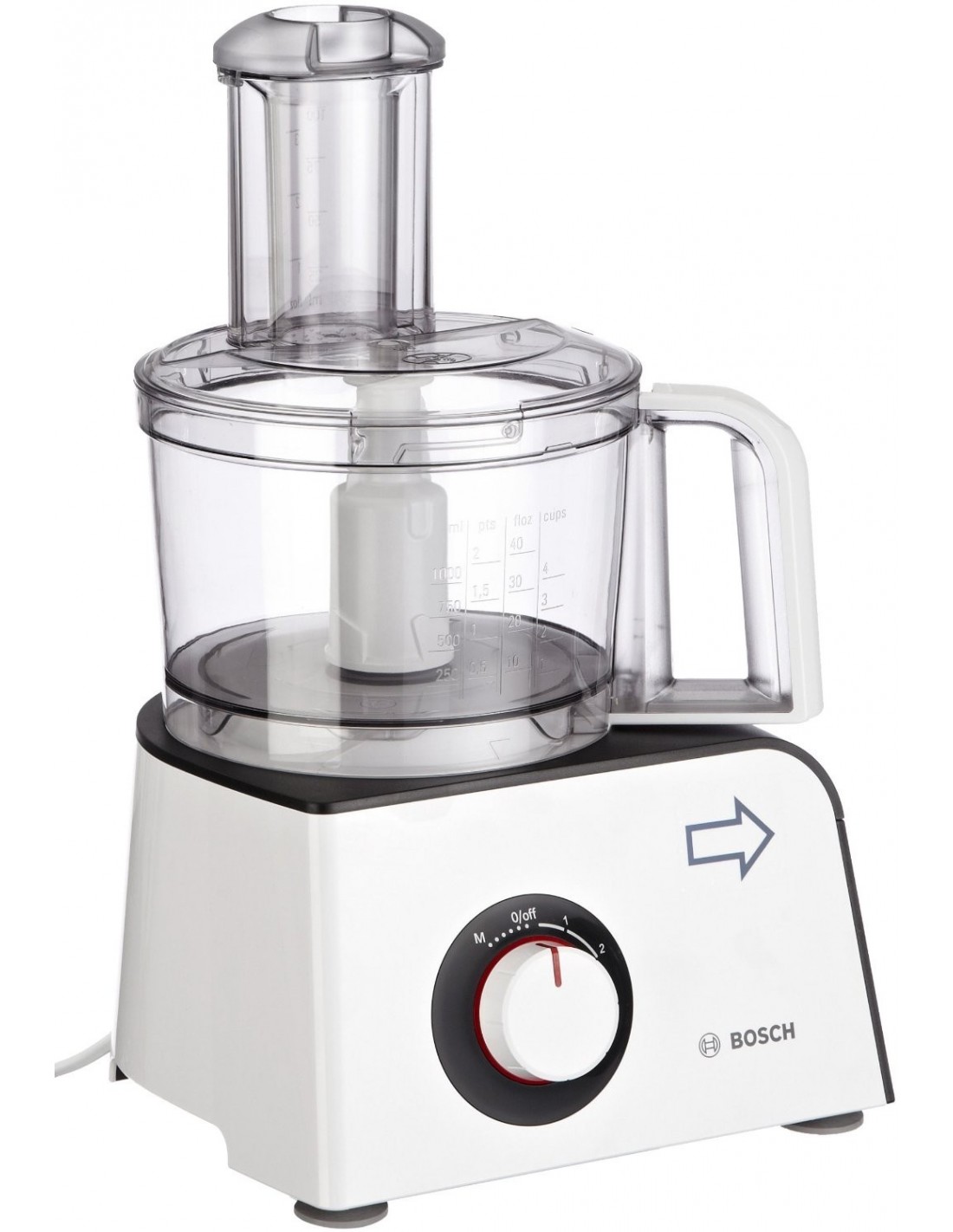What does “processed food actually mean? Office for Science and Society - McGill University
Par un écrivain mystérieux
Description
Shira Cohen is studying Nutrition at the School of Dietetics and Human Nutrition at McGill University, specializing in Global Nutrition. Just about every week seems to bring a new study that reveals an association between processed foods and some disease, but what "processed foods" actually refers to isn’t such a simple thing to answer. Clearly, everyone would recognize a Twinkie or a Twizzler as a processed food but what about frozen blueberries? Freezing is a process, so these berries are indeed processed. Obviously though eating these berries is not the same as gnawing on a piece of liquorice. To our rescue comes the "NOVA" system, a classification system developed by the Centre for Epidemiological Studies in Health and Nutrition, School of Public Health at the University of Sao Paolo in Brazil. NOVA separates food into different categories depending on the extent to which it is processed, rather than on nutritional composition. Since 1980 we have seen a trend towards ready-to-eat packaged foods in high income countries. These are replacing traditional dietary eating patterns that used to consist mainly of minimally processed foods and freshly prepared meals. This dietary change correlates with a rise in obesity, diabetes and cardiovascular risk factors, but of course we have to keep in mind that correlation is not the same as causation. NOVA divides food into four categories: “unprocessed or minimally processed,” “processed culinary ingredients,” “processed foods” and “ultra-processed food products.” “Unprocessed foods” include edible parts of plants and animals such as fruits, leaves, seeds, eggs. Apples, bananas, lettuce, nuts, rice, potato, and milk are examples. “Minimally processed foods” are natural foods altered by processes such as removal of inedible or unwanted parts, drying, crushing, grinding, fractioning, filtering, roasting, boiling, pasteurization, refrigeration, freezing, placing in containers, vacuum packaging, or nonalcoholic fermentation. A few examples would be grilled chicken breast, vinaigrettes, cheese, baked cod, Greek yogurt, whole grain pasta and flour fortified with iron or folic acid. None of these processes adds substances such as salt, sugar, oils or fats to the original food. “Processed culinary ingredients” are substances obtained directly from nature or from processed or minimally processed foods by pressing, refining, grinding, milling or spray drying. Salt, sugar, molasses and vegetable oil would be examples. “Processed foods” are made by adding processed culinary ingredients to unprocessed or minimally processed foods. Canned or bottled vegetables, fruits and legumes; salted or sugared nuts and seeds; salted, cured, or smoked meats; canned fish; fruits in syrup; cheeses and unpackaged freshly made breads fall into this category. Processed foods may contain additives used to preserve their original properties or to resist microbial contamination such as meats preserved with nitrites. “Ultra-processed foods and beverages” include multiple additives such as dyes, artificial flavours, flavour enhancers, non-sugar sweeteners, anti-caking agents, emulsifiers, humectants, hydrogenated oils and hydrolyzed proteins. The main purpose of these foods is to create products that are ready to eat, drink or to heat, replacing unprocessed or minimally processed foods. Examples of these types of foods not only include what one would refer to as "junk food", like ice cream, pastries, and cookies, but also quick meals or drinks to grab-and-go like carbonated or energy beverages, chicken nuggets, frozen pizza, instant soups, cereals, hot dogs. So what do we do with this information? Use it! Formulate a well-balanced diet that leans towards “unprocessed” or “minimally processed foods” and shies away from “ultra-processed.” Best advice: cook meals at home from fresh ingredients found around the periphery of the supermarket and don't eat at restaurants too often. Shira Cohen Want to comment on this article? Visit our FB Page!
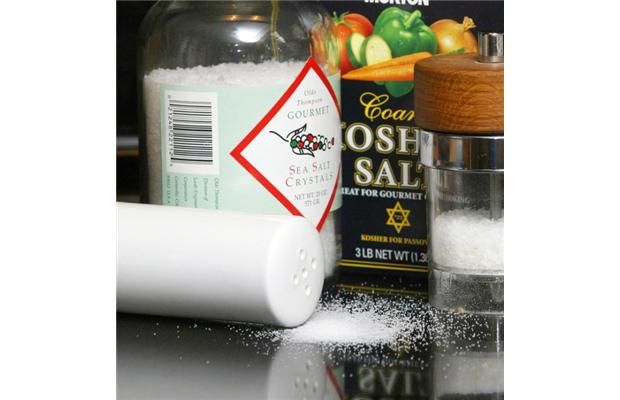
Joe Schwarcz: Despite ample health research, it's hard to shake
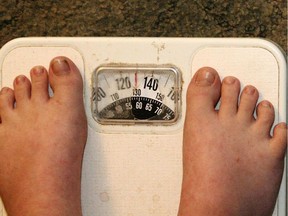
Food emulsifiers and your weight

Food For Thought- Literally Office for Science and Society

What are processed foods and why are they so bad for metabolic

Food Isn't Medicine. Here's Why It's Dangerous To Believe It Is

Plant-based eggs join meatless options at Tim Hortons

Thermal Food Processing
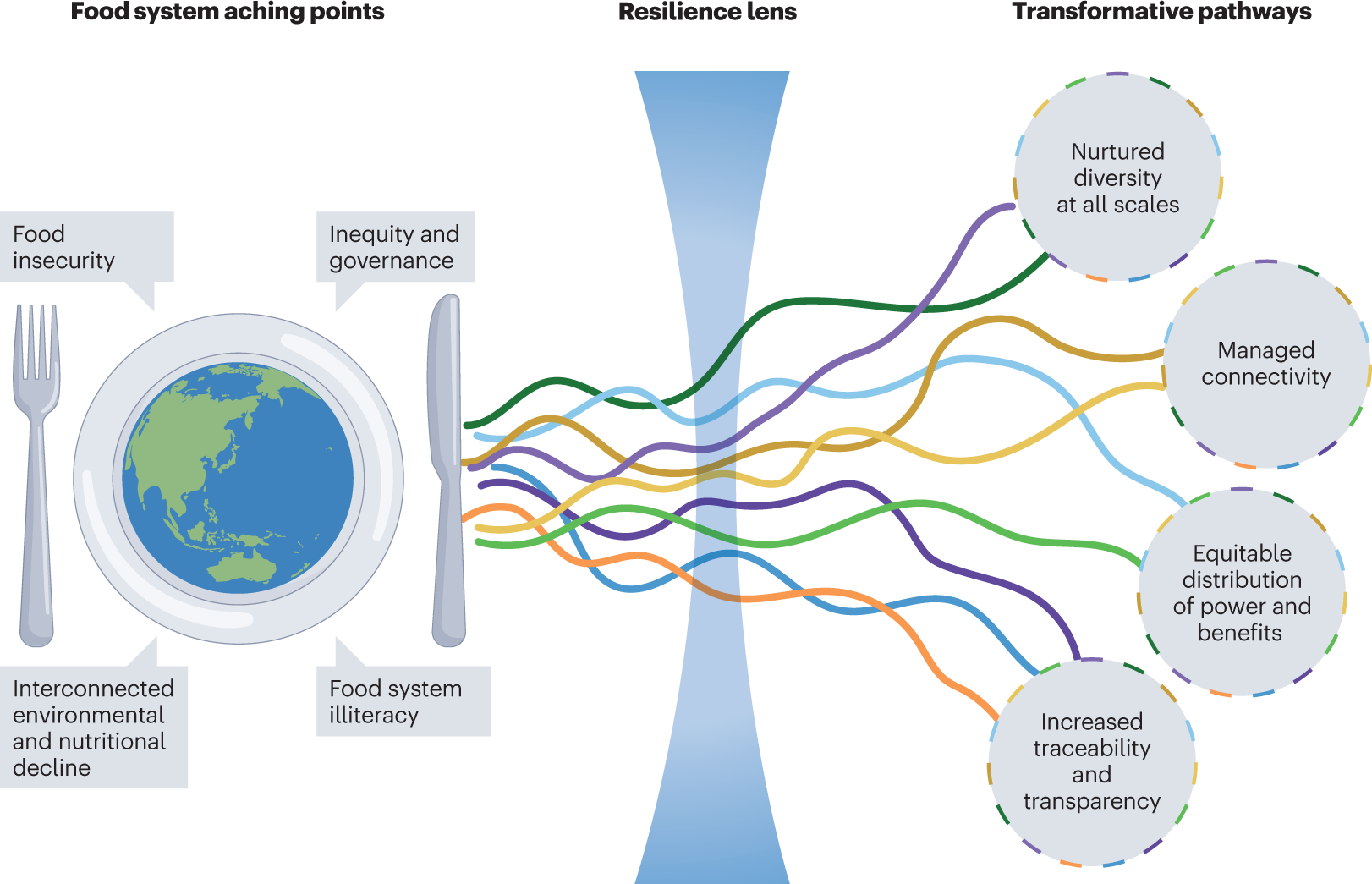
Reframing the local–global food systems debate through a

Kraft Mac & Cheese just got duller. You can thank (or blame) 'The

What does “processed food actually mean?
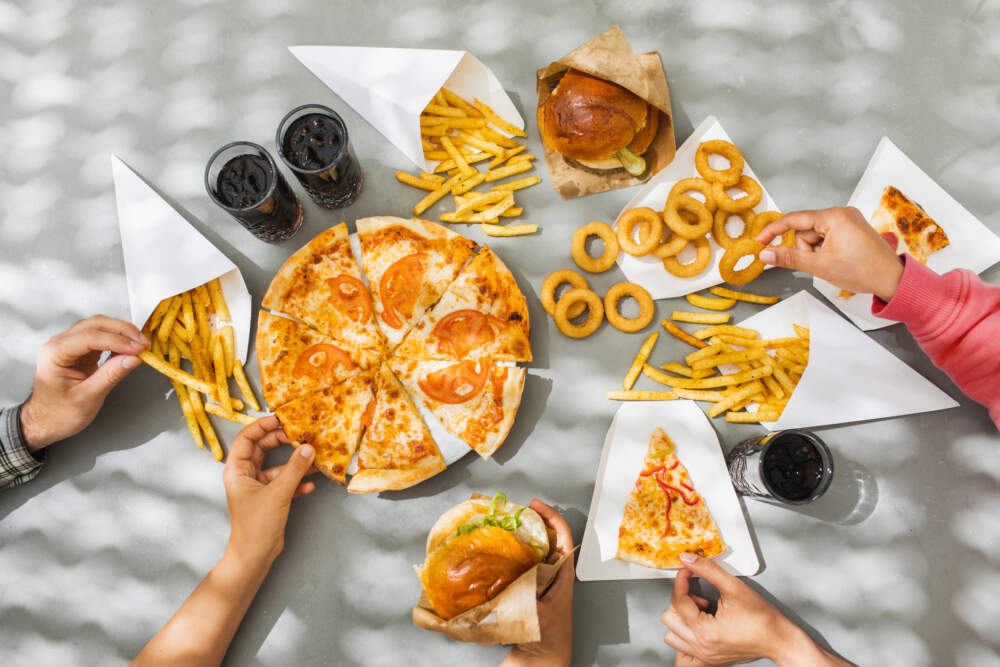
What the rise of ultra-processed foods means for our health and
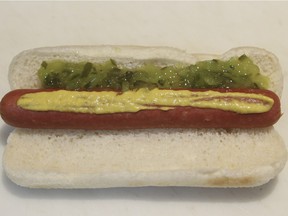
The Right Chemistry: No, eating a hotdog is not the same as
depuis
par adulte (le prix varie selon la taille du groupe)

